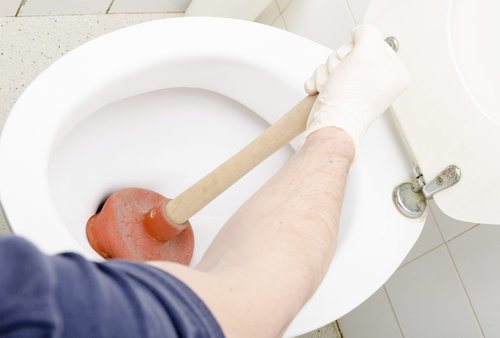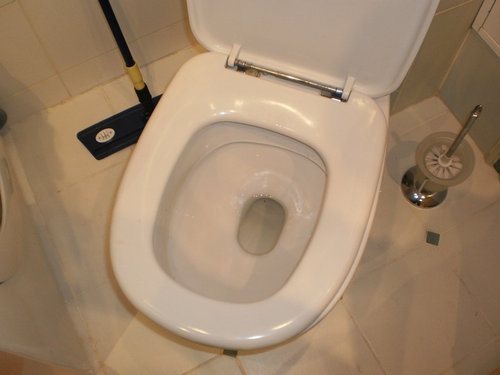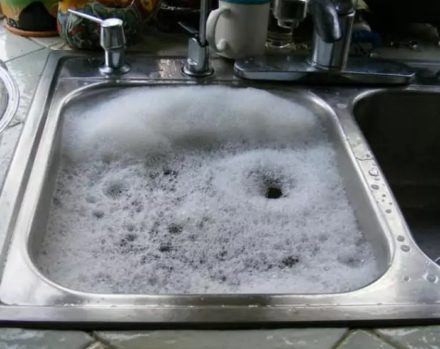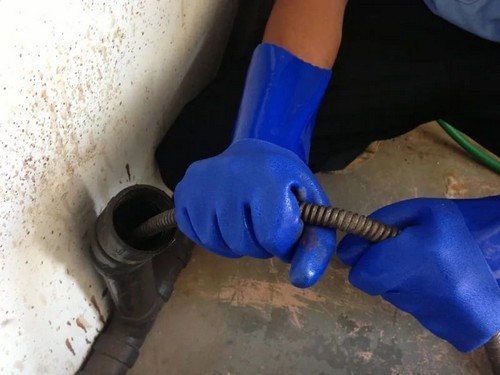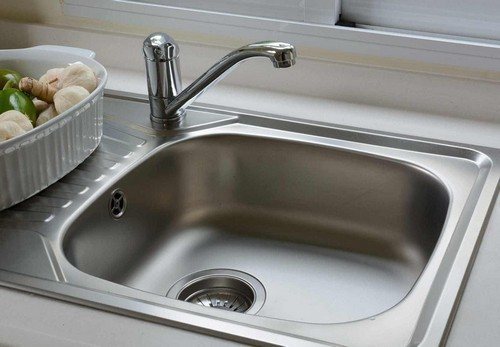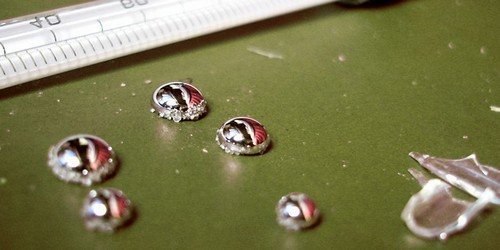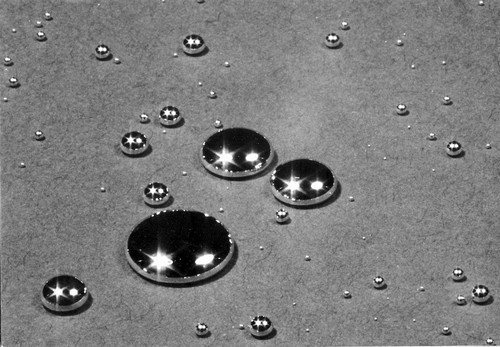A clogged sink is a problem for many housewives. But not everyone can afford to purchase expensive means to eliminate them due to lack of time or money. You can eliminate blocked sewer drains using home methods.
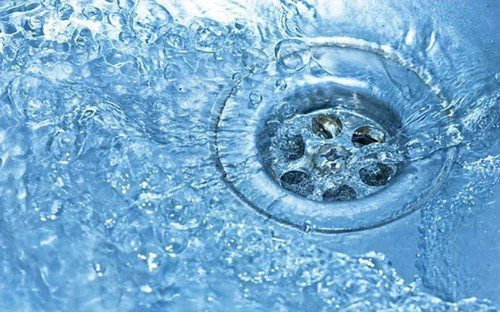
What causes clogs in the sink?
There are several types of blockages in pipes, which are divided according to the reasons for their origin:
- Operational contamination of drain passages. This type of blockage occurs due to deposits of fat and dirt on the walls of the pipes, which leads to disruption of water flow.
- Mechanical blockages. Pipe obstruction occurs due to large debris getting stuck in the siphon, which does not allow water to pass further through the sewer system.
- Technical obstructions of drain structures. Such obstructions arise due to the fact that the siphon was not assembled correctly, or there is a manufacturing defect. As a rule, in these cases, the blockage can be eliminated only by completely replacing the defective part.
You can get rid of each of the presented types of contaminants at home. The main thing is to determine the type of blockage, since methods that allow you to remove the grease plug will not remove large debris from the pipe.
First aid
When the water in the sink stops draining, there is no need to panic. Perhaps everything is not as bad as it seems and it will be enough to carry out simple and safe actions for any pipeline.
The first thing to do when a blockage is discovered is to pour a couple of liters of boiling water into the pipe. If the clog is made of grease, this will quickly dissolve it and clear the pipe. Instead of boiling water, you can use strong pressure of hot water from the tap.
If the previous method did not help, then to clear the blockage you need to combine ½ cup of salt with 1 cup of soda and the same volume of hot water. The resulting mixture must be poured into the pipe for 15 minutes.
If these methods do not work, you should proceed to mechanical removal of the plug.
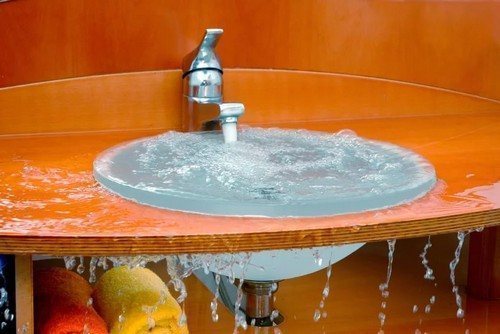
Mechanical methods
Mechanical removal of obstruction in pipes involves the use of human physical strength. The most effective means are:
- Plunger. There is a plunger in almost any living space. This device is easy to use and is used primarily when an obstruction in a pipe is detected. In order to quickly remove contamination, you need to fill the sink 1/3 full with hot water, then use a plunger. During this procedure, pressure will rise in the pipe and push out the dirt, after which it will be washed off with water.
- Plumbing cable. The cable is used to remove complex blockages. It should be used carefully so as not to damage the thin walls of the siphon if it is made of corrugated plastic pipe. To get rid of the plug, you need to push the cable all the way, then using rotating movements, applying physical force, screw the cable into the mud plug, then push the cable even deeper and pull it out. After the completed procedure, you need to turn on the water to rinse off the dirt. If the blockage is not removed, the procedure should be repeated again.If several attempts are unsuccessful, it is advisable to call a plumber.
- Vacuum cleaner with reverse air supply function. In order to remove the plug that is preventing water from flowing out of the sink, it is necessary to stretch a cloth over the drain to ensure good contact between the pipe and the vacuum cleaner and turn on the reverse air supply mode. This will cause the air to push out the contaminants. After the procedure, you should flush the drain hole with water in order to get rid of any remaining dirt.
In some cases, contamination cannot be eliminated using the listed methods. In this case, chemical agents will come to the rescue. In most cases, you can make a pipeline cleaner from available ingredients. Such products are no less effective, but at the same time safer for humans and pets.
Home Remedies
Homemade chemical remedies are no less effective for simple blockages. The most effective are:
- Soda (Alka-Seltzer) vinegar. To clean the drain structure, you need to remove the accumulated liquid from the sink and pour a glass of soda and the same amount of vinegar into the drain. An active reaction will take place in the pipe; in order for pressure to build up there, the drain on top must be plugged as tightly as possible. After half an hour, you can remove the plug and pour 500 ml of boiling water into the drain hole. And after waiting another 5 minutes, flush the pipeline with water.
- Salt. A strong infusion of salt (5 tbsp per glass of water) will help get rid of obstruction in the sewer. The solution should be poured into the sink and washed with tap water after 30 minutes.
- Baking soda.To prepare an alkaline solution, you need to mix 5 tablespoons of soda and a glass of water. Baking soda must first be heated in a frying pan for at least 5 minutes. The resulting solution should be poured into the drain hole and left for 15 minutes, then poured with plenty of water.
- Vinegar, laundry detergent and baking soda. To make a cleaning solution, you need to pour an equal amount of powder and soda into the drain hole, then pour 250 ml of vinegar essence into it and plug the drain for 30 minutes. After this time, you need to flush the sink with hot water.
All methods presented are as easy to use and effective as possible. But an even more effective method is preventive measures.
Prevention
To ensure that water always flows into the drain without obstructions, the following rules must be observed:
- Do not pour leftover food and grease into the sink;
- A catch mesh should be installed on the drain so that debris lingers on the surface;
- Once a week you should pour boiling water over the drain hole;
- You should use special products every month to clean sewer drains from contaminants;
- it is necessary to promptly clean the siphons from accumulated dirt;
- As they wear out, the siphons should be replaced with new ones.
It is better to spend a few minutes several times a month on simple preventive measures than to spend money, time and effort on eliminating obstructions in drain structures.
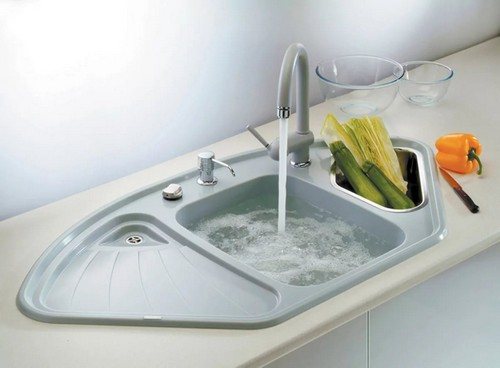
What to do if home remedies don't help
If home remedies are not effective, you will have to resort to chemical remedies.They may be in liquid or dry form and may be alkaline or acidic.
The most popular remedy for removing contaminants from drains is mole. This substance has an alkaline structure and corrodes dirt, facilitating the passage of liquid into the sewer. Also effective chemical products are:
- Pothan;
- Sanfor;
- Mr Muscle.
All of the above products are dangerous to humans, so when using them you must:
- use protective equipment (gloves, goggles and mask);
- ensure good ventilation of the room;
- Do not resort to the simultaneous use of alkaline and acid-based chemicals.
If you cannot get rid of contamination even with chemical products at home, you should call a specialist.


